Fisheye lens camera tips: get great shots with a fisheye lens for Canon and more
These fisheye lens camera tips will get the best shots, whether using a fisheye lens for Canon, Nikon, Olympus or others
Watch the video: Get great shots with a fisheye lens
Whether you're using a fisheye lens for Canon, Nikon or any other camera manufacturer, fisheye photography is a fantastic way to capture a unique perspective on the world. But, how can you get the best out of this fun technique? Follow our fisheye lens camera tips to get the most effective use out of this unusual lens effect.
It can be hard to see past the "fisheye" of a fisheye lens, and subsequently easy to fall into the common trap of shooting lots of similar, gimmicky shots – and then leave the lens gathering dust on your shelf, because you think that’s all it can do.
However, like any other lens, a fisheye is a tool. But, where most lenses are tools for very specific purposes – a portrait lens is for shooting portraiture, a tilt-shift lens is for taking architectural shots and so on – a fisheye lens’ specific purpose isn’t a genre, but simply creativity.
Read more: Best fisheye lenses
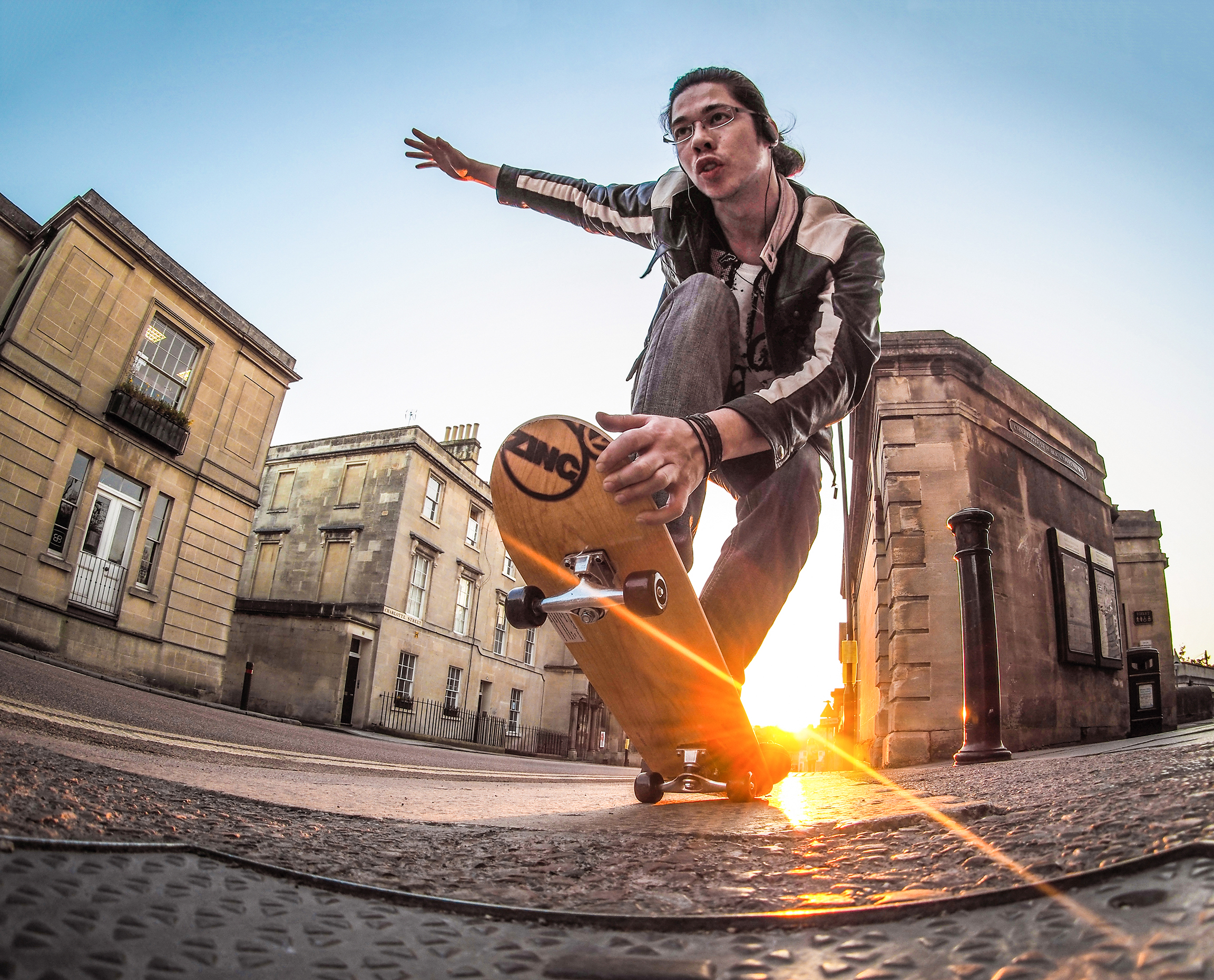
Some people insist that you can’t use a fisheye for a number of areas of photography – that you shouldn’t shoot portraits with it, for example, or wildlife. And while it’s true that you can’t take traditional shots with a fisheye, if you know the lens’s strengths and weaknesses you can use it to take creative shots in almost any situation. Especially the ones that you’re not supposed to!
Here are some of ours tips on how to make the best use of your fisheye lens to take impactful, creative shots that prove your lens can be more than a one-trick fish. Let’s start with a very simple shot that makes use of the fisheye’s unique perspective and massive field of view…
01 Choosing your fisheye lens
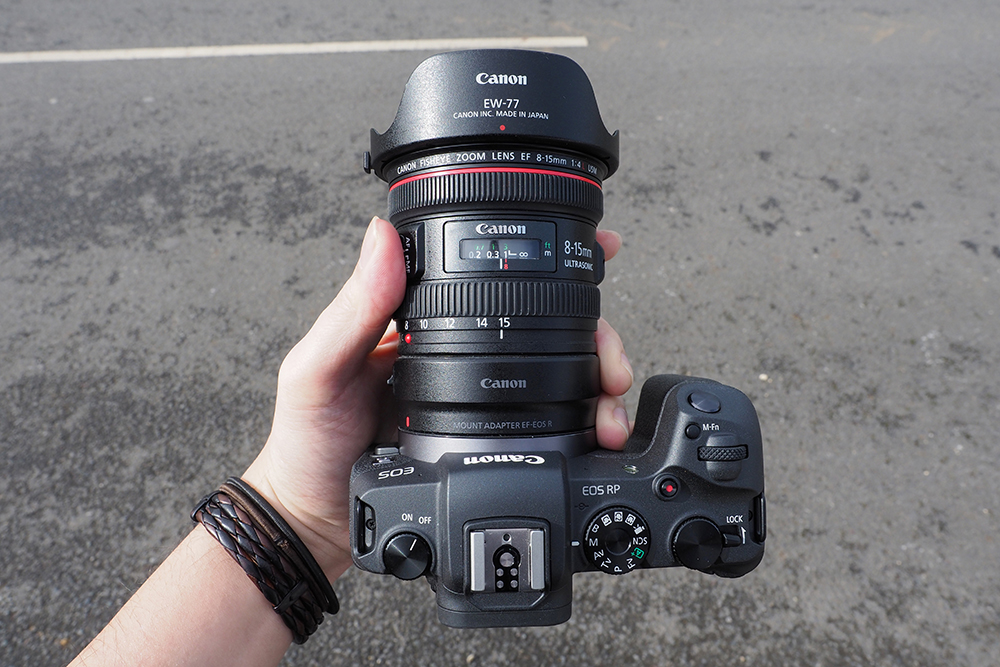
There are many fisheye lenses that you can choose from, but here we're using Canon’s EF 8-15mm f/4L Fisheye USM with a 180-degree angle of view that enables you to create circular fisheye images, as well as shots with full-frame coverage.
02 Make the most of your large depth of field
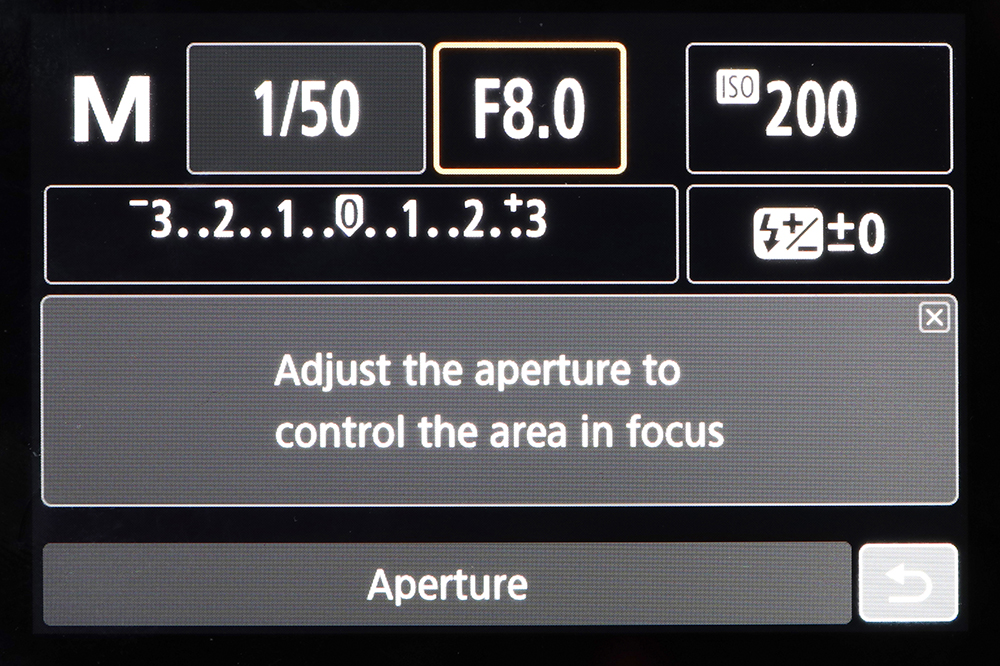
Fisheye lenses enable you to achieve a large depth of field. So we’re going to shoot with an aperture of f/8, to maximise this, and use the ISO and shutter speed to control the brightness of our exposures.
03 Get low to the ground
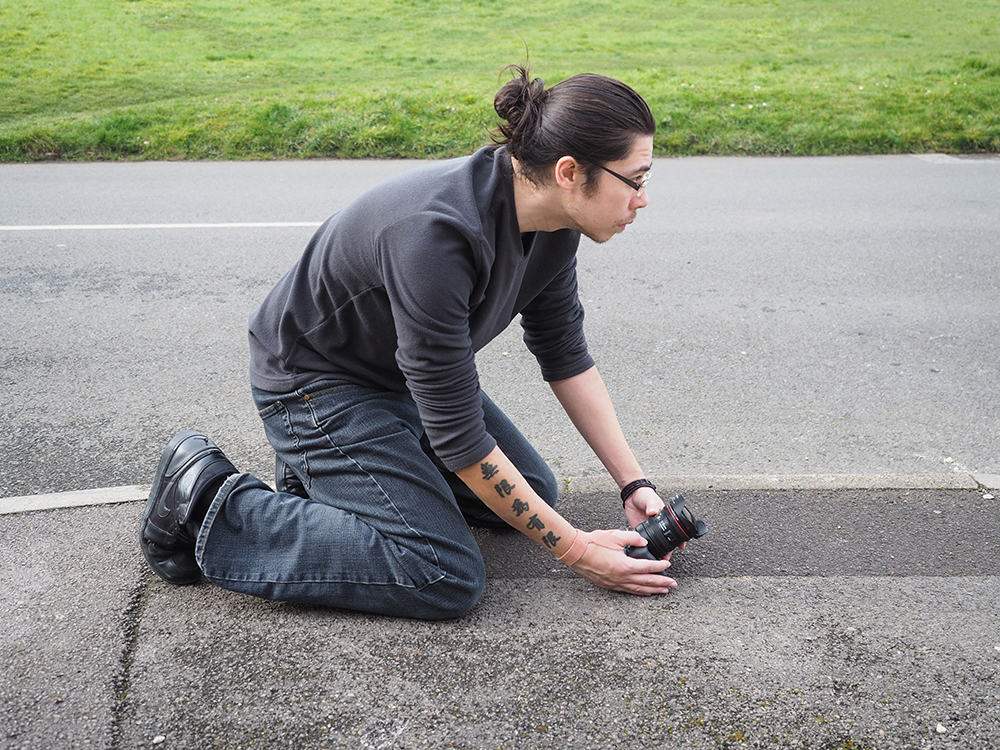
With its enormous field of view, we can get down and close to the subject, exaggerating the perspective. This achieves a low angle that wouldn’t be possible with a normal lens unless we dug a hole in the ground!
04 A background can make or break your shot
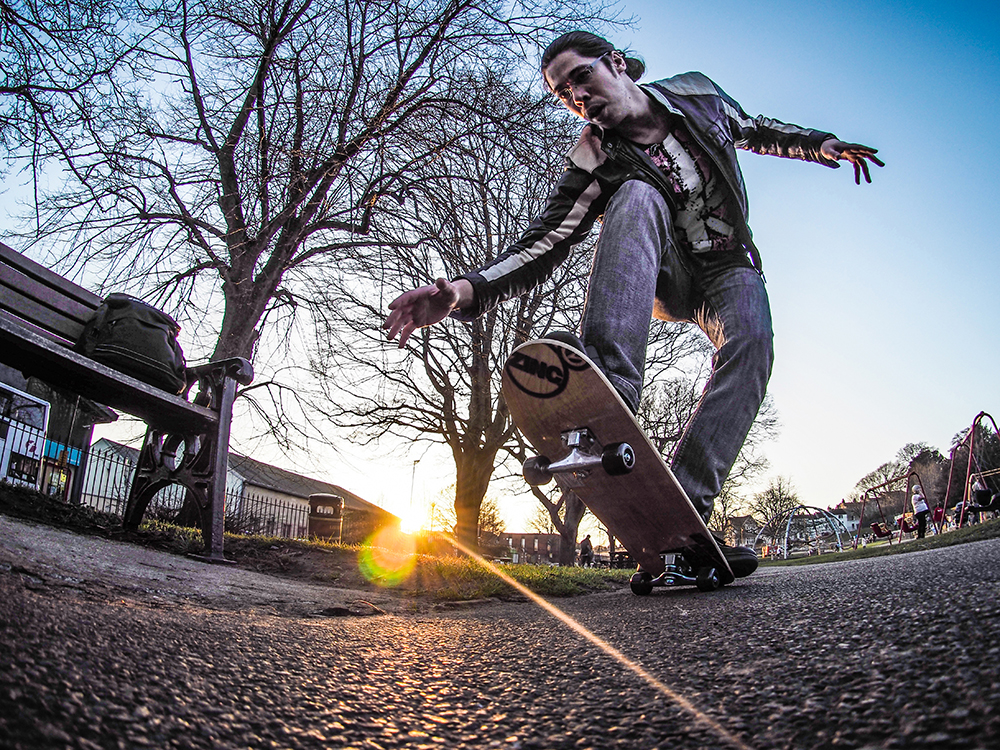
With a portrait lens and/or a shallow depth of field, you can disguise almost any background – but with a fisheye, you’re going to see everything. As this image shows, a bad background can ruin your shot.
05 Expose for the sky
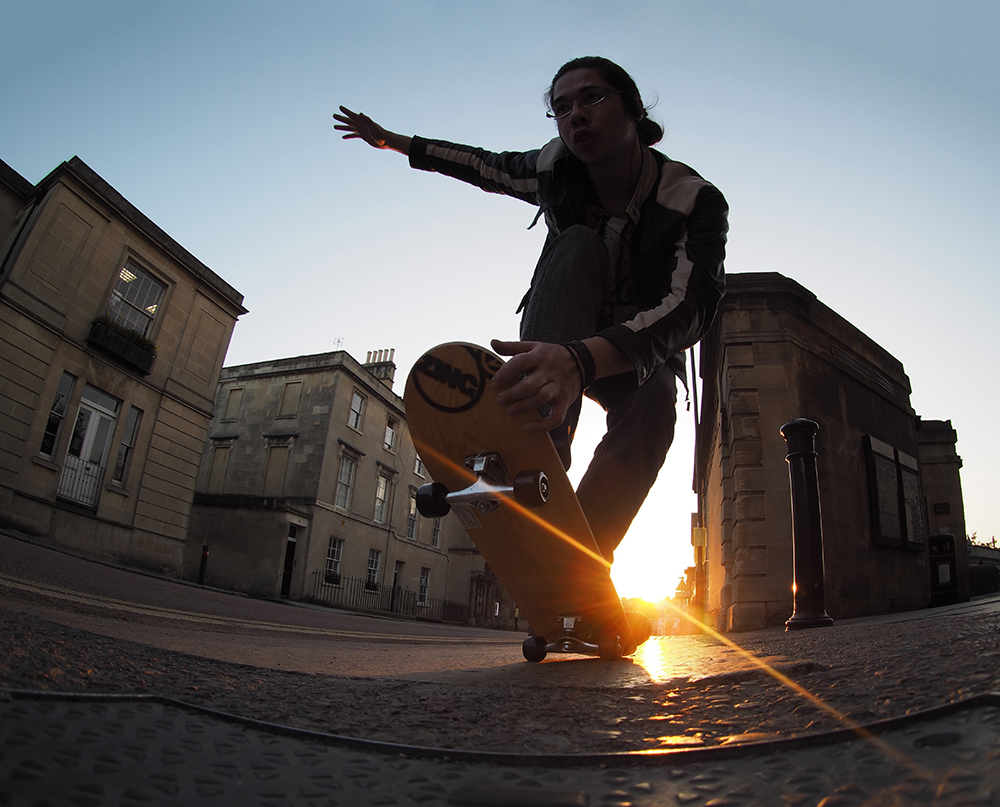
Shooting at f/8 severely limits the light – especially at dusk, to get that sunburst. Expose for the sky, as that’s tricky to recover in post, and ensure that you’re shooting Raw so there’s max file data to work with.
06 Fixing the exposure
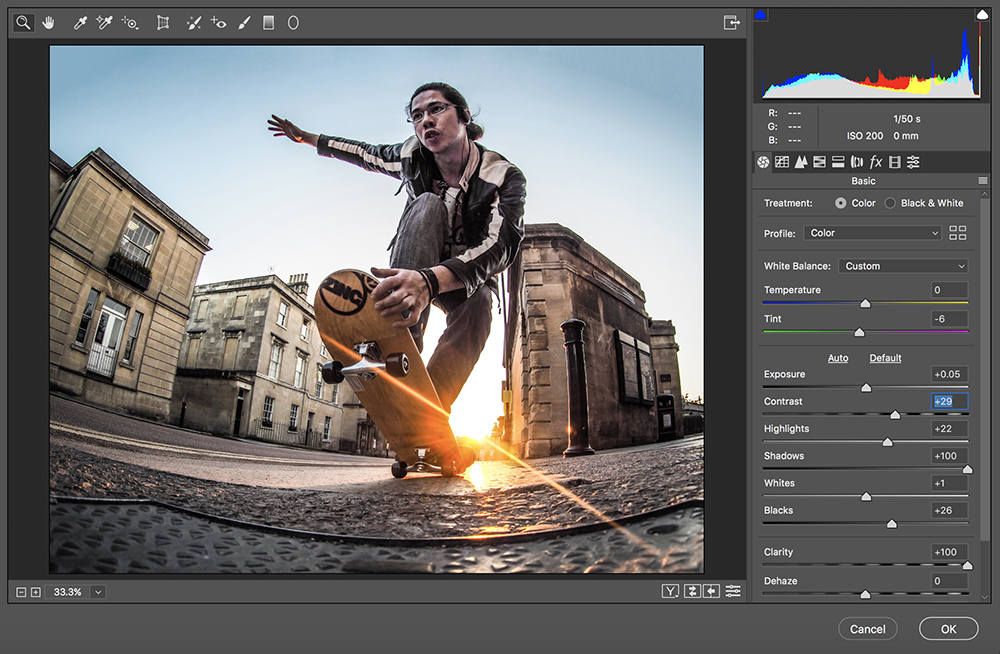
We got the highlights correct at the point of capture, so we need to recover shadows. Use the Shadows slider to bring detail back, then tinker with the Contrast and Clarity to add punch.
Read more: Best photo editing software

Top tips: Fantastic fisheye photos
We've got a few extra tips for making the most out of your fisheye lens in numerous circumstances, but remember that the best thing you can do is simply experiment and have fun with this unique perspective.
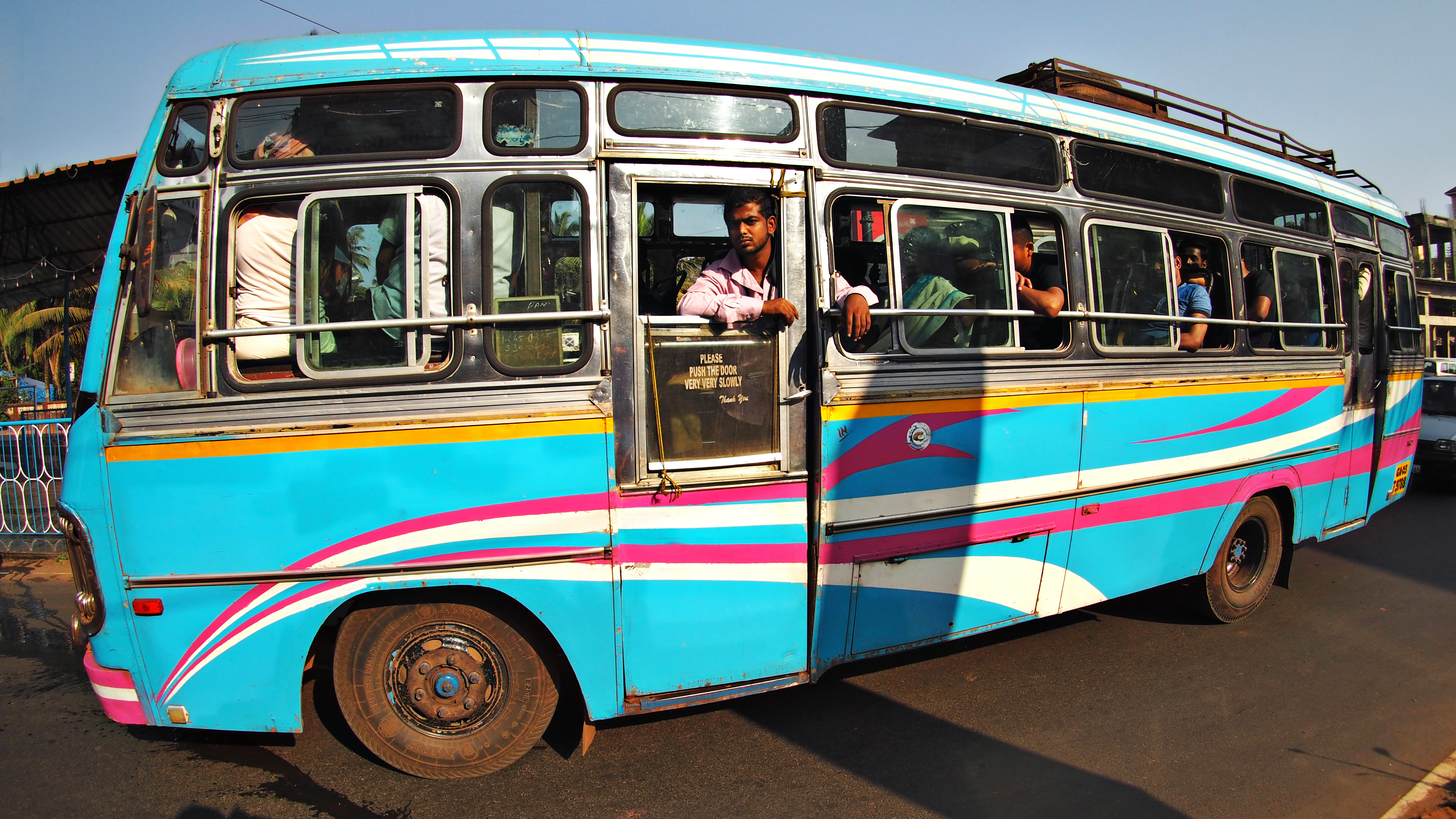
01 Get up close and personal
As you can see above, the closer part of your subject comes to the lens, the more the perspective is exaggerated. Here you can see, when the entire object is up-close, how the whole thing is affected by barrel distortion.
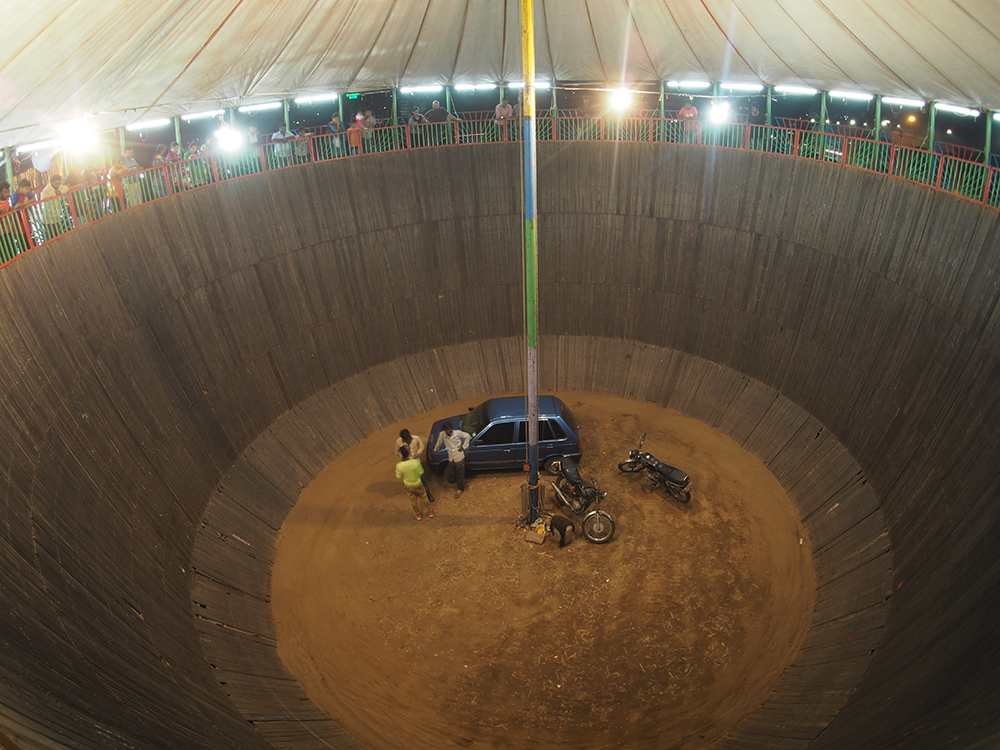
02 Capture a wide expansive scene
The further away things are, the more you get almost pincushion distortion. This makes fisheyes ideal for things like stadium and crowd shots. It also means that you can shoot panoramas with a naked landscape.
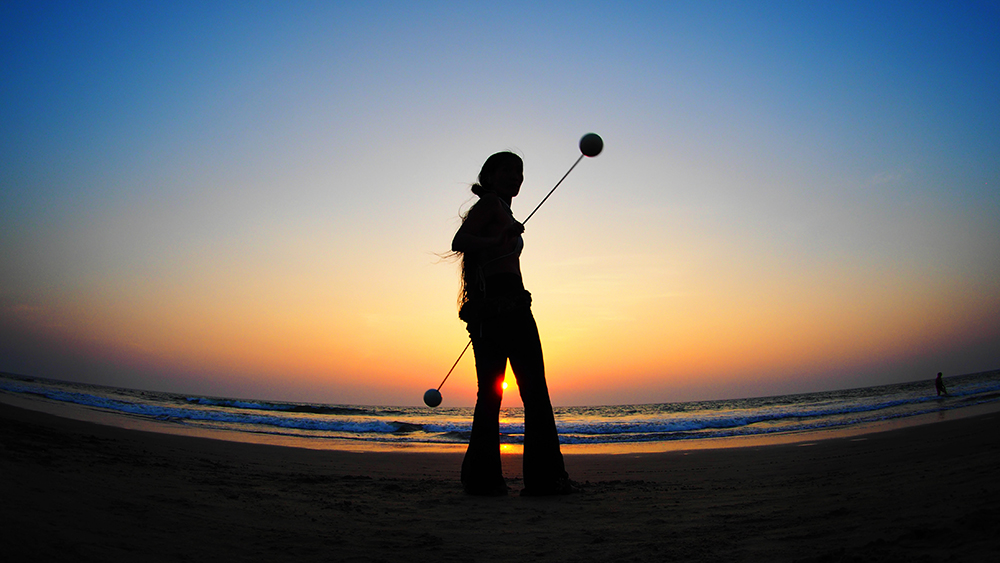
03 Avoid distortion with a central composition
While the edges are affected by fisheyes, the centre of the lens creates minimal distortion. So place subjects in the middle of your shot, to keep them looking normal while the distortion exaggerates edges.
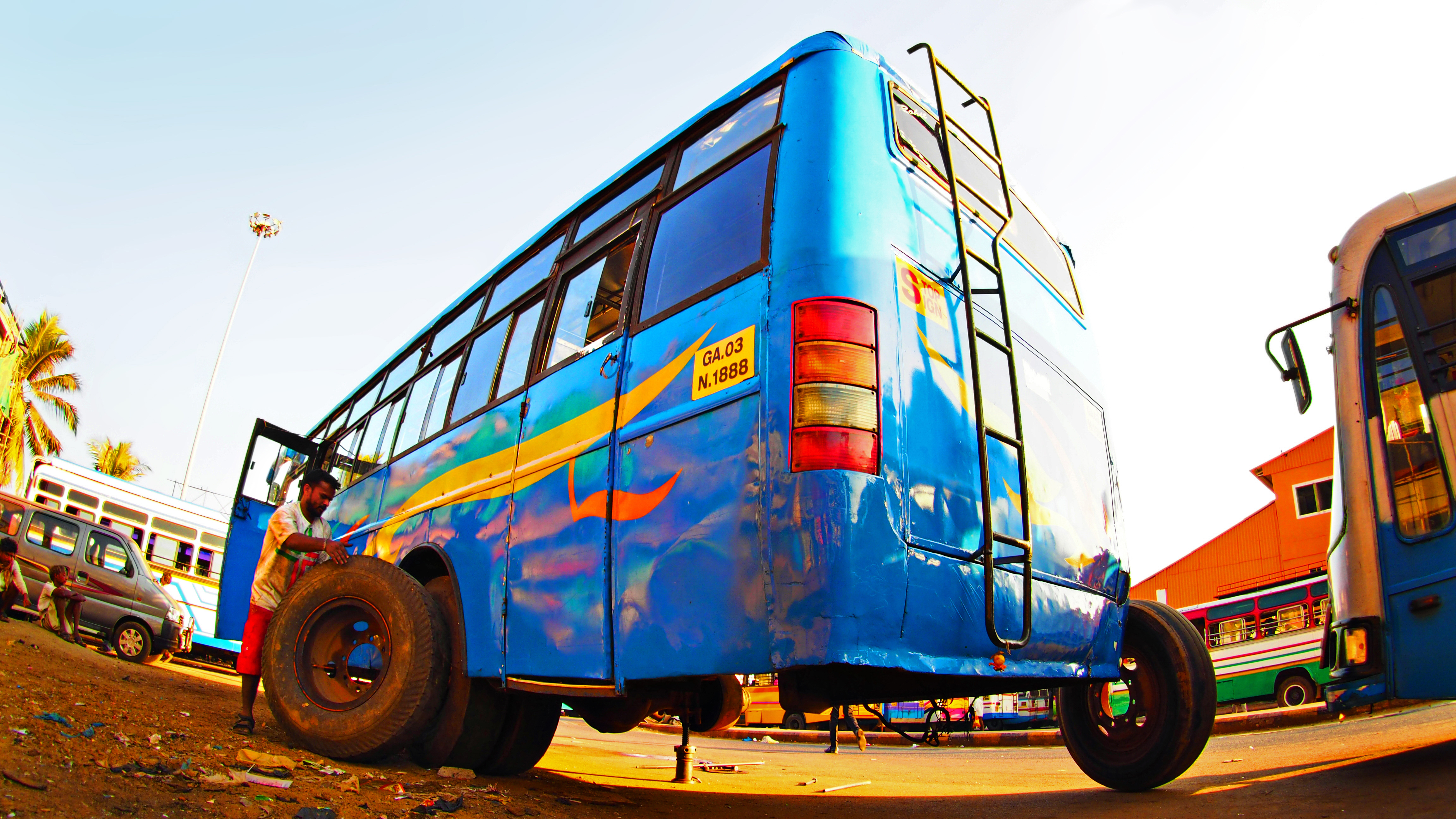
04 Get close to the ground
Placing your lens close to the floor turns your fisheye view into a worm's eye view, so use it to distort an otherwise normal scene and exaggerate perspectives to create something a little bit more unique.

05 Tell a story with a fisheye
Sticking a fisheye right in someone’s face will result in an exaggerated portrait. Instead, make use of the lens’ incredible field of view and try shooting environmental portraits, which tell your subject’s story using the location.

Read more:
How to motion blur your shots: video tutorial
How to take 360-degree videos and photos
How to get the best camera set up to take perfect black-and-white images
Get the Digital Camera World Newsletter
The best camera deals, reviews, product advice, and unmissable photography news, direct to your inbox!

James has 22 years experience as a journalist, serving as editor of Digital Camera World for 6 of them. He started working in the photography industry in 2014, product testing and shooting ad campaigns for Olympus, as well as clients like Aston Martin Racing, Elinchrom and L'Oréal. An Olympus / OM System, Canon and Hasselblad shooter, he has a wealth of knowledge on cameras of all makes – and he loves instant cameras, too.
